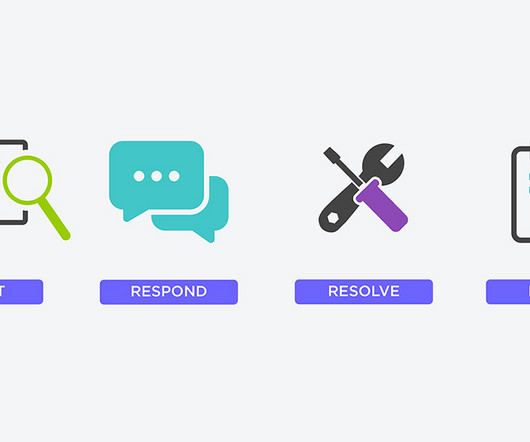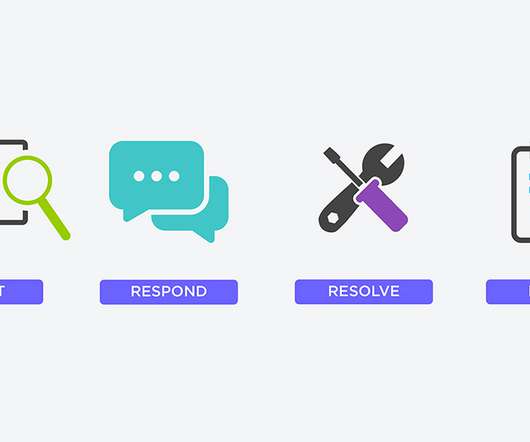The End of Enterprise IT
LeanEssays
JANUARY 14, 2017
Two years ago, the employees at ING Netherlands headquarters – over 3,000 people from marketing, product management, channel management, and IT development – were told that their jobs had disappeared. After initial experiments in 2010, the IT organization put aside waterfall development in favor of agile teams.















Let's personalize your content